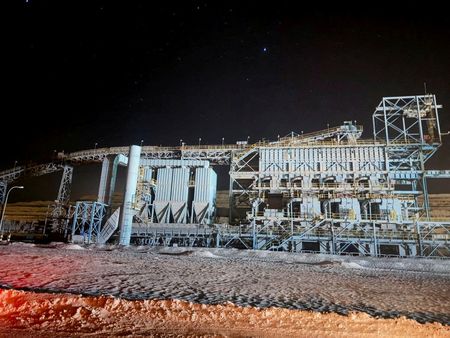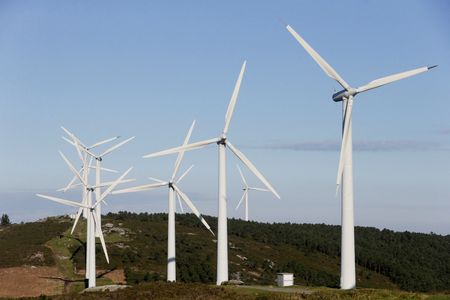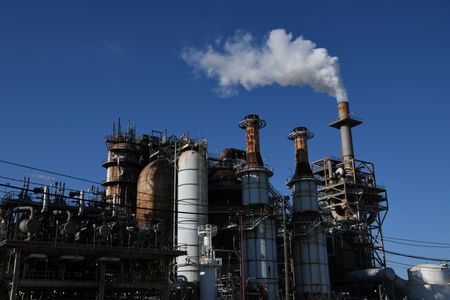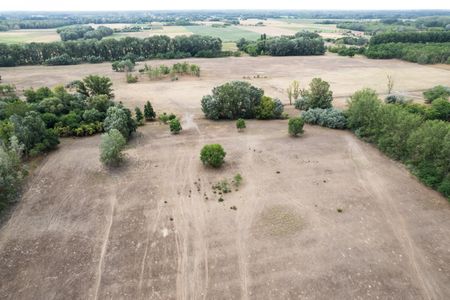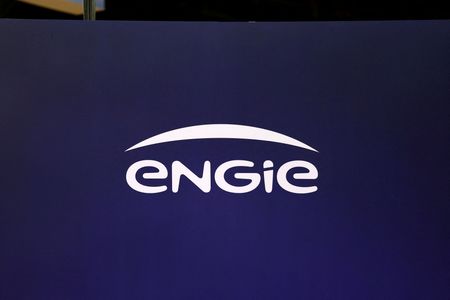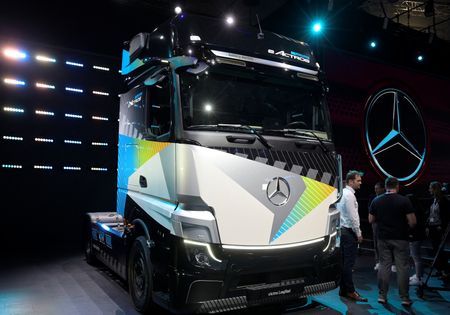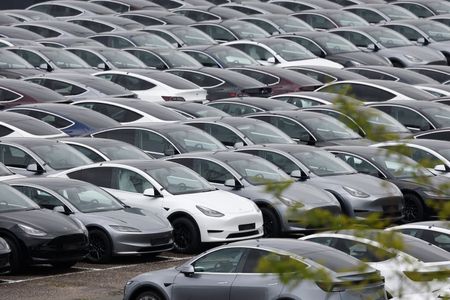By Pratima Desai and Ashitha Shivaprasad
(Reuters) -Copper demand is rising faster than the industry anticipated, driven by billions of dollars being invested worldwide to modernise and expand power grids for the digital and clean energy revolutions that need vast amounts of electricity.
Meanwhile, supply from major producers including Chile and the Democratic Republic of Congo is constrained by a lack of investment in new mines, setting the stage for a prolonged period of high prices.
Some analysts predict copper prices will hit records above $12,000 a ton before the end of the decade, an increase of 23% from current levels around $9,700 a ton.
Consumers are exploring alternatives, but copper’s superior conductivity, durability, and versatility has made it hard to replace.
Grid investment alone is forecast to top $400 billion this year having set a record high of $390 billion in 2024, according to the International Energy Agency.
“Copper is often a massively underestimated part of grid infrastructure. People recognise the need to expand the grid, but often misjudge the sheer volume of copper this will require,” said Michael Finch, head of strategic initiatives at consultancy Benchmark Mineral Intelligence (BMI), pointing to investment needed in the U.S., the UK and China in particular.
BMI expects copper demand for upgrading power generation and transmission networks globally to rise to 14.87 million metric tons by 2030 up from 12.52 million tons this year, in new figures given to Reuters.
DATA CENTRES, ELECTRIC VEHICLES DRIVE GRID DEMAND
Bank of America analyst Michael Widmer expects global copper demand to increase 10% to 30.32 million tons by 2030 from this year. Widmer expects the global copper market deficit to reach 1.84 million tons in 2030.
The need for resilient grids is particularly acute in regions experiencing rapid growth of data centres powering artificial intelligence and machine learning.
“Artificial Intelligence and machine learning data centres need bigger, better, faster computing,” and that means more power, said Peter Charland, Global Information and Communications Technology Leader at AECOM, a global infrastructure consulting company.
Consultancy CRU told Reuters it expects copper demand from data centres to reach 260,000 tons this year, up from 78,000 tons in 2020 and exceeding 650,000 tons by 2030.
“Electricity grid infrastructure is a bottleneck and not limited to data centre application. It extends to onshore and offshore wind power, solar and electric vehicles,” said Egest Balla, wire and cable research analyst at consultancy CRU.
Electric vehicles also require significantly more copper than traditional internal combustion engine vehicles.
BMI forecasts copper demand for electric vehicles will jump to 2.2 million tons in 2030, compared with 1.2 million tons in 2025, up from just 204,000 tons in 2020.
“We are moving from copper demand that was cyclical to demand that is more structural,” said Maria Cristina Bifulco, chief investor relations and sustainability officer at Italian cable producer Prysmian, the world’s largest copper buyer.
Prysmian buys 2%-3% of global refined copper production.
ALUMINIUM, FIBRE OPTIC CABLING CONSIDERED
Looming shortages and record high prices have triggered a wave of innovation including substitution and recycling in industries such as construction and manufacturing where copper costs are a large proportion of total production costs.
While aluminium has long been considered a cheaper alternative, at roughly a third of the costs of copper, its use in data centres for wiring has been largely abandoned.
“There was a period of time when copper was having issues meeting demand, some folks were taking aluminum cable and copper coating it,” AECOM’s Charland said. “That was very short-lived given the performance issues.”
Recycling could help sustainability targets as producing refined or secondary copper from scrap can use 65% less energy than primary production. Analysts estimate copper from scrap will rise to 11 million tons in 2030 from around 10 million tons this year.
Copper has already been displaced in data transmission by fibre optic cables, which have superior bandwidth and efficiency and are essentially glass made out of silicon from sand.
“It’s a lot cheaper to produce glass than it is to mine copper,” said Matt Miller, Global Networks Leader at AECOM. “Silicon is incredibly abundant, you can go down to the beach and grab as much as you want.”
Possible solutions seem unlikely to bridge the supply crunch for copper anytime soon, analysts say, especially for the structural projects governments are pinning their future economic growth prospects on.
“You can do all the green energy stuff, but if you don’t have a grid system to support, it will be a challenge.” CRU’s Balla said.
(Reporting by Pratima Desai and Ashitha Shivaprasad; editing by Veronica Brown and Elaine Hardcastle)

